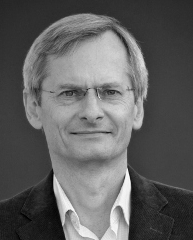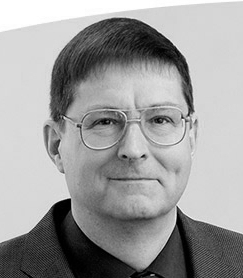Main content
Top content
Project P2/2
Title
Work Statistics in Classical and Quantum Driven Billiards
Principal investigators
- Prof. Dr. Andreas Engel (Universität Oldenburg)
- Prof. Dr. Martin Holthaus (Universität Oldenburg)
- Prof. Dr. Jochen Gemmer (Universität Osnabrück)
 |  |  |
Summary
The thermodynamic description of nanoscopic systems differs in two major respects from traditional thermodynamics. Firstly, the typical turnover in energy is of the order of the average thermal energy per degree of freedom. Consequently, thermodynamic quantities like work, heat, and entropy fluctuate between identical repetitions of an experiment and must be characterized by their proper probability distributions. Secondly, quantum effects are likely to influence the dynamics and the thermodynamics has to incorporate these effects in a consistent way. With work and heat two key thermodynamic quantities are no state variables but depend on the complete history of the system. Because there is no quantum counterpart for classical trajectories the definition of heat and work for small quantum systems has proven to be notoriously difficult and is still a largely open question.
In the corresponding project from the first funding period we have scrutinized the statistics of classical and quantum work in a periodically driven anharmonic oscillator with a quartic potential. The intention was in particular to extend previous results from the literature for systems with classically integrable dynamics to those showing deterministic chaos. But although the periodically driven quartic oscillator may sustain both regular and chaotic motion we found that it is the former rather than the latter that dominates the features of the work distribution. Accordingly, in the new project we aim on the comparison of classical and quantum work for systems with pronounced chaotic classical behaviour.
As suitable test systems we identified two special version of billiards with moving walls. Static billiards are traditional example systems for both classical and quantum chaos. Their dynamic variants with moving walls are much less investigated. Our first system is a circle billiard that deforms to a Bunimovich stadium. The second one is a square that developes a sinusoidal modulation of two walls transforming it to a ripple billiard. Both cases allow a very accurate numerical characterization. At the same time they are related to one-dimensional systems with moving walls for which the time-dependent Schrödinger equation may be solved exactly. Combining analytical and numerical techniques we will therefore investigate the detailed relation between classical and quantum work distributions in two paradigmatic systems with strongly chaotic classical dynamics.

